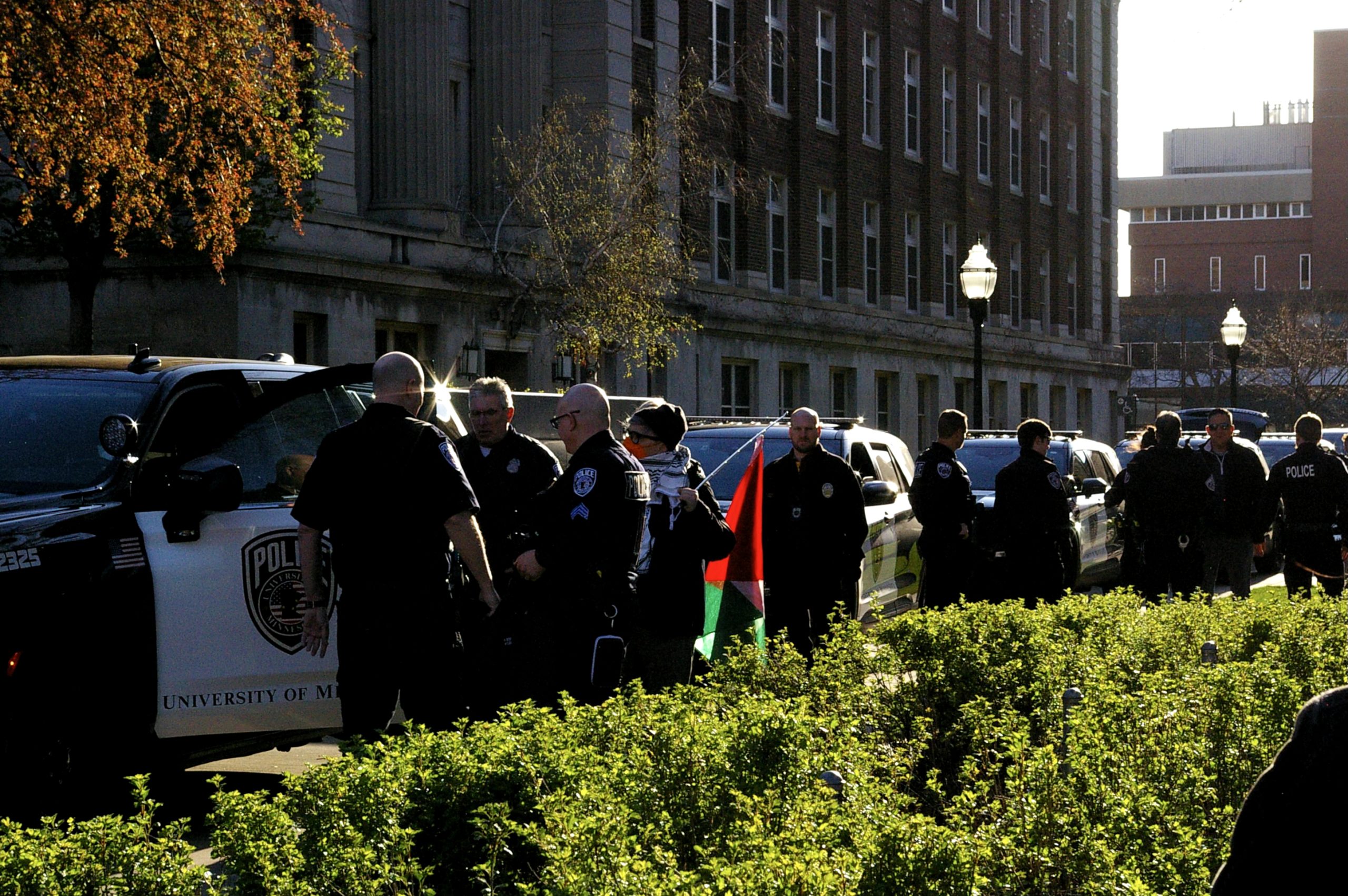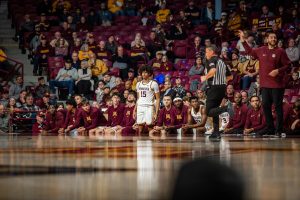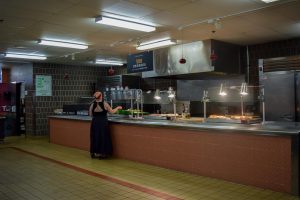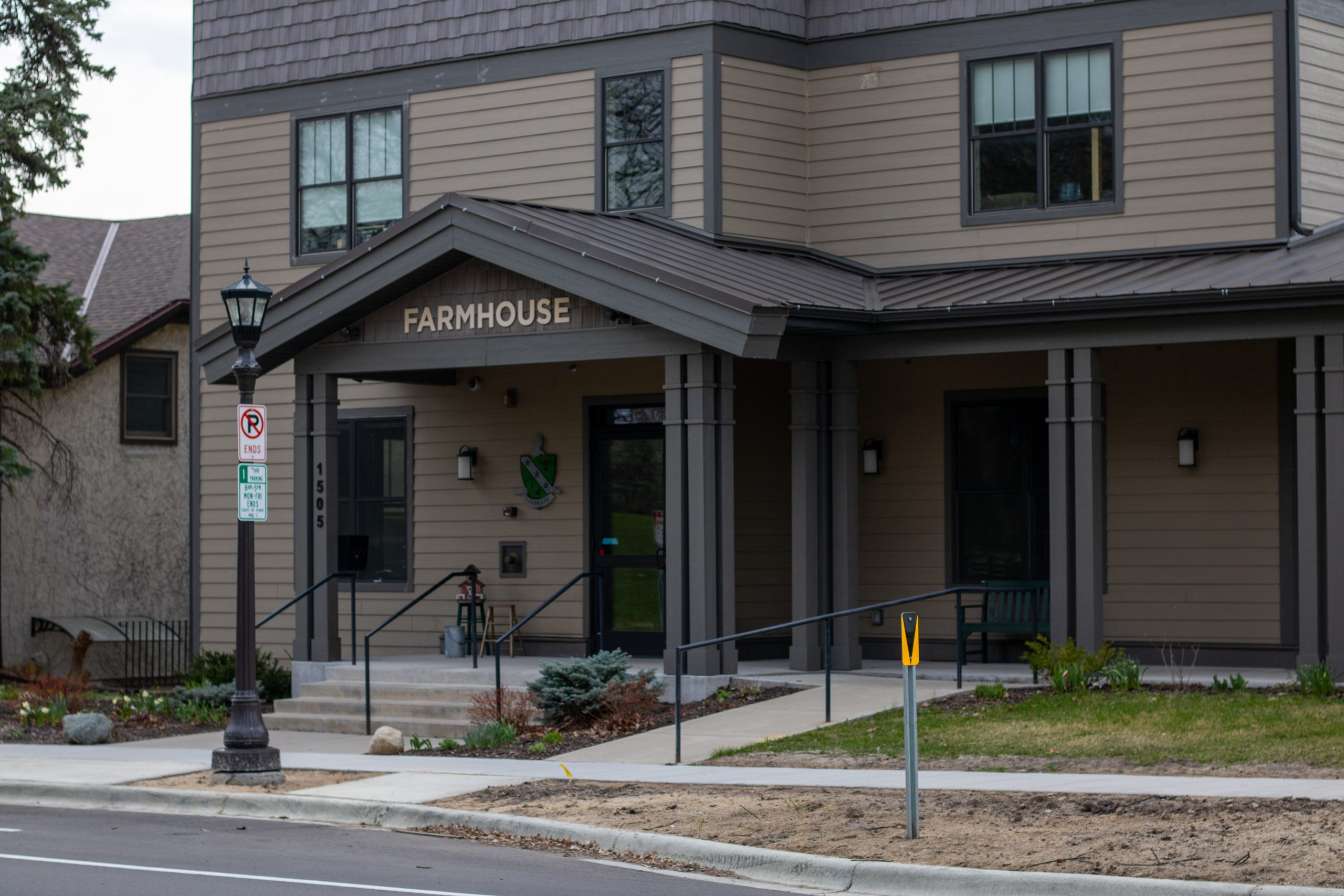Students who want to help victims of sexual assault and relationship violence can volunteer at The Aurora Center for Advocacy and Education.
Liz Borer started as a violence prevention educator in October 2003, became a legal advocate, then became an intern and now is part of the center’s staff.
To be an advocate, there are two paths a student can take depending on the time of year, said Roberta Gibbons, associate director of the Aurora Center.
In fall, a student completes an application that has a series of questions relating to why he or she wants to be an advocate and what his or her opinions of sexual assault are, she said.
After the application, there is an interview with Gibbons to decide whether someone is a “good fit” to be an advocate, she said.
For example, if someone thinks the victim is to blame or would feel uncomfortable telling a person they have the option of abortion, they would not be able to volunteer, Gibbons said.
Also, if a person has been a victim themselves in the past year, she said, they might still need more recovery and closure time.
If a student is eligible to be an advocate, they go through 32 hours of training to be an on-call advocate, eight additional hours to be a legal advocate or 20 hours to be a violence prevention educator, Gibbons said.
Another option is a three-credit May-term course that counts as 50 hours of training.
After a student completes the course, Gibbons, who is also the instructor, decides whether they are a good candidate.
The center gives all volunteers training manuals, orientation and a tour of the emergency room.
All positions at the center require commitment for at least one academic year.
An on-call advocate is responsible for being on call at least five nights a week and at least one weekend a month.
When they are on call, an advocate is given a pager that messages are forwarded to if a victim calls the center after office hours.
Borer said the first time her pager went off, she thought it was a fire alarm because it was during the middle of the night.
Borer said, “It was really rewarding. I felt I was able to provide the support the client needed.”
The only problem with the system is that a few calls each year are missed because the voice mail system is down, Gibbons said.
There is an average of 135 calls a year that go to the machine, which is approximately one every three nights, she said.
If someone volunteers as a legal advocate, they sometimes go to court with a victim and write restraining orders if necessary.
Both on-call advocates and legal advocates are completely voluntary and unpaid positions. Violence prevention educators make $20 for each presentation, Gibbons said.
Violence prevention educators are responsible for four presentations each academic year and increasing awareness of the Aurora Center and its services.
Presentations sometimes are done in Coffman Union but most often for classes and student groups, Gibbons said.
Child psychology and family violence prevention senior Jessica Bills is an intern at the center.
Bills started in May 2004 as an on-call advocate and a legal advocate.
“I’ve always (been) interested in counseling,” she said.
Bills said that the first time her pager went off, she was nervous.
“I broke into a sweat,” she said. “I freaked out, and I was really scared.”
Bills said she looked through her intervention manual about what to say and refreshed herself before calling back.
“After I did it, I was fine. I wasn’t scared anymore,” she said.
Peter Dimock, a teaching specialist at the School of Social Work, said the center has been very helpful and has worked on projects in the past with the school.
Dimock said advocacy is part of social work.
“It’s one of the core values,” he said.
Erica Bryan-Wegner, a graduate student in the School of Social Work, said that if a student is interested in advocacy work, the school is a good place to start.
The school has only a master’s program in social work, Bryan-Wegner said.








